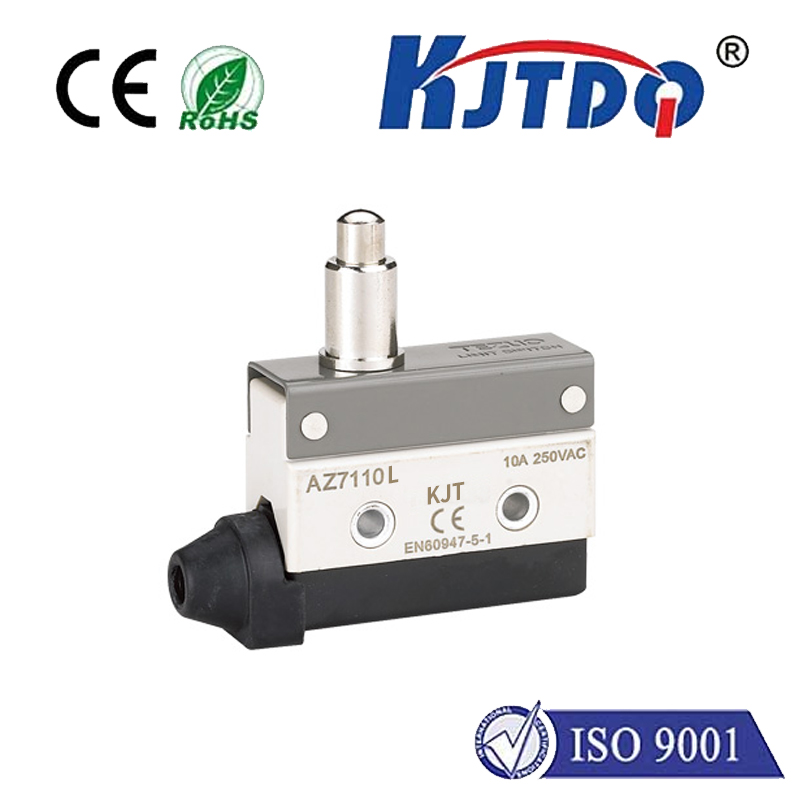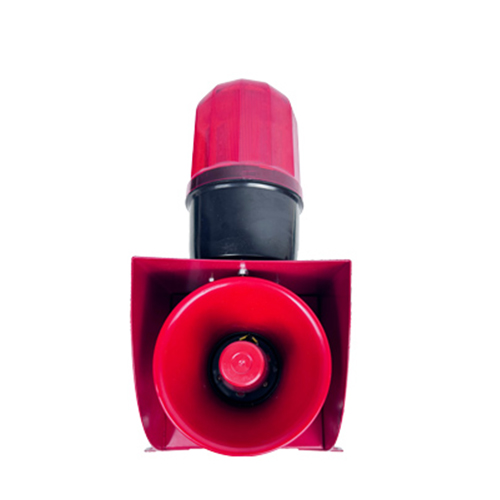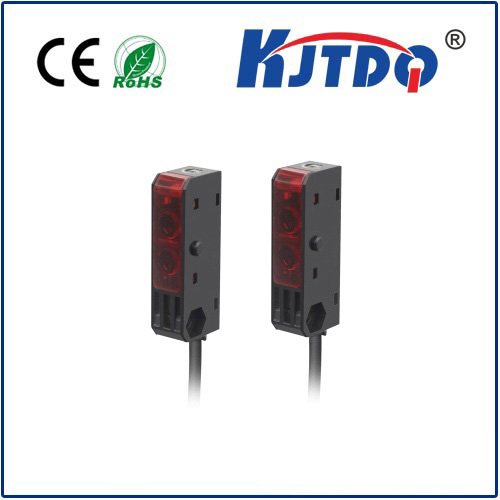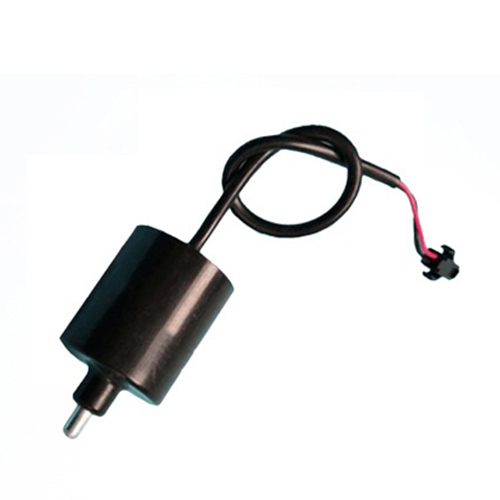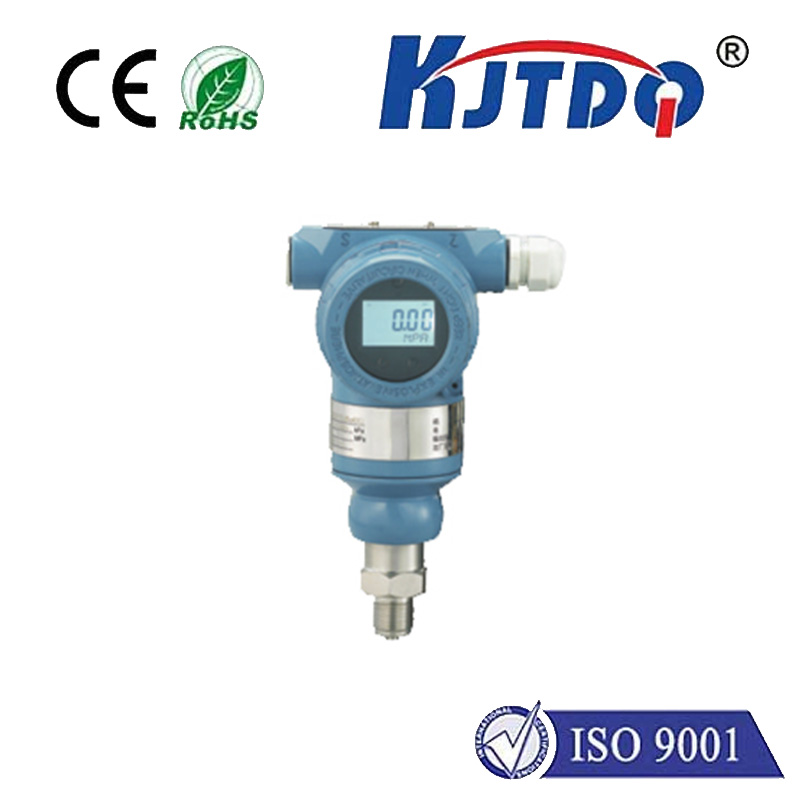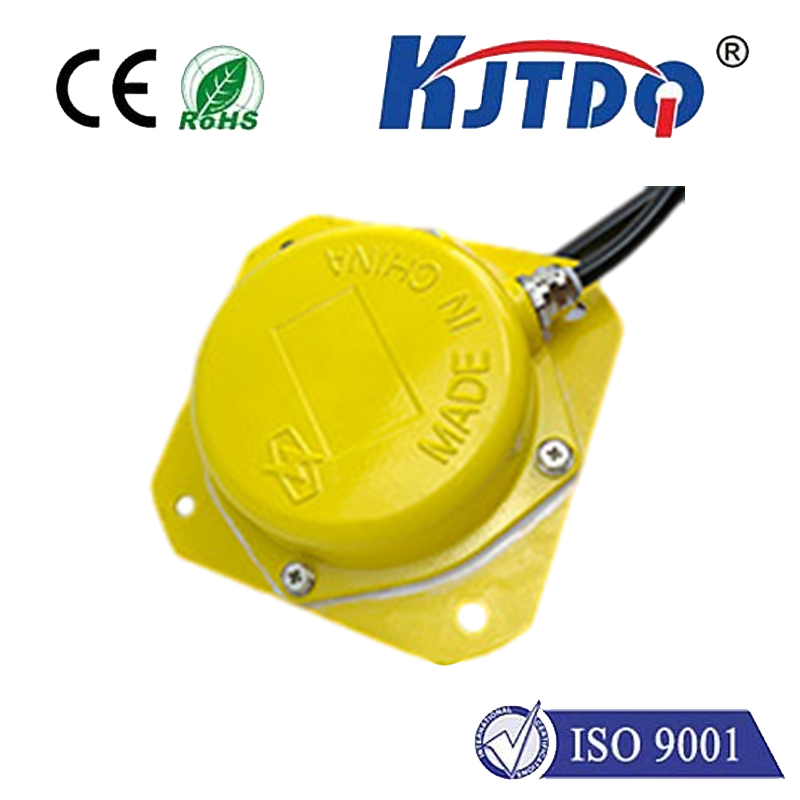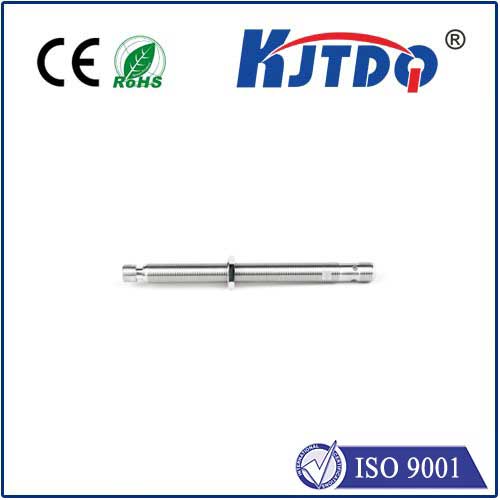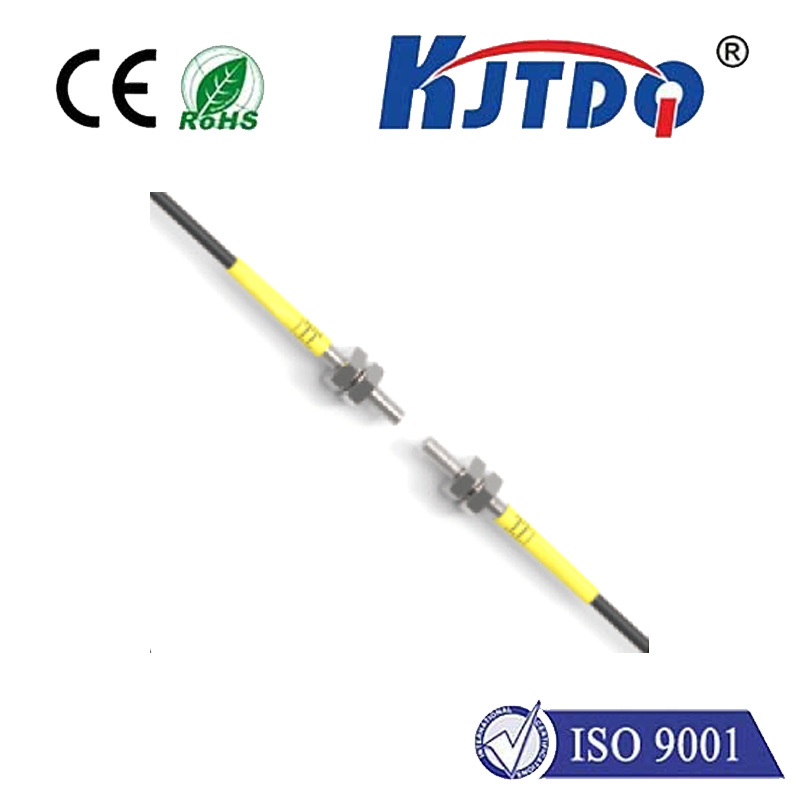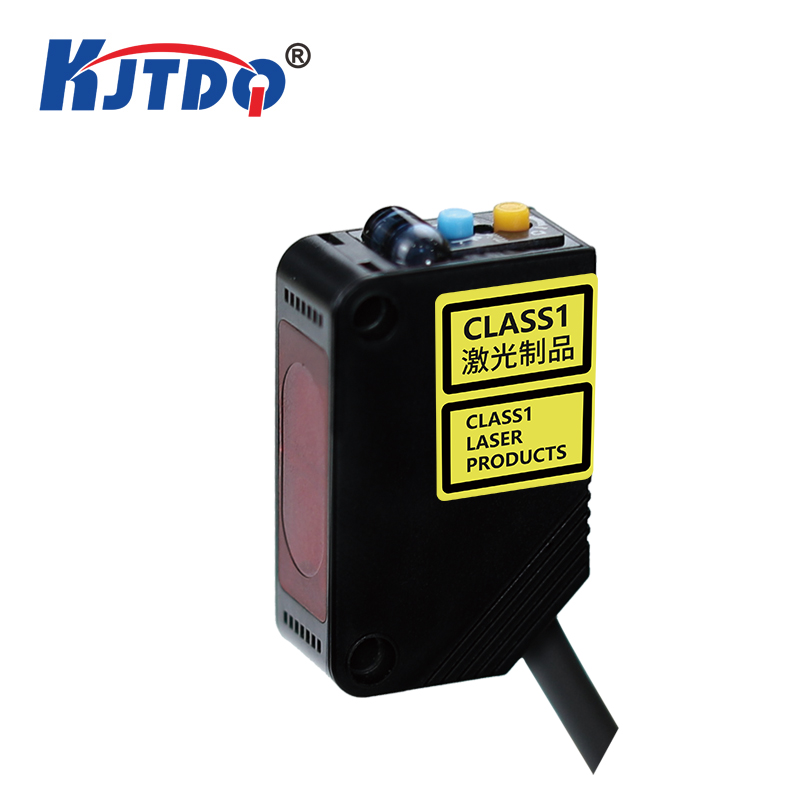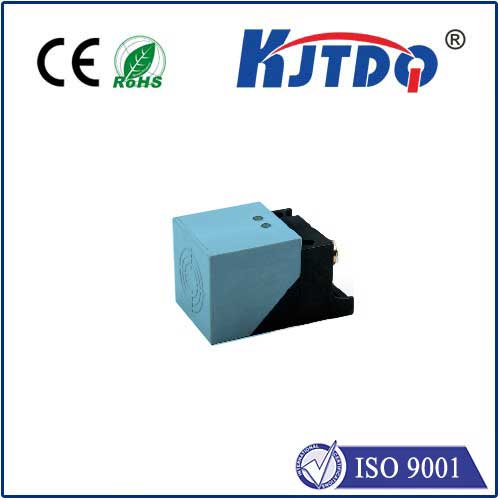miniature reflective infrared optical sensors
- time:2025-08-16 03:31:32
- Нажмите:0
The Unseen Sentinels: How Miniature Reflective Infrared Optical Sensors Shape Our World
We interact with them countless times a day, often without a second thought. That seamless automatic faucet activation? The reliable paper feed in your office printer? The safety curtain preventing an elevator door from closing on someone? Behind these everyday conveniences and critical safety features often lies a silent, invisible guardian: the miniature reflective infrared optical sensor. These tiny marvels of optoelectronics are fundamental building blocks in modern technology, enabling object detection, proximity sensing, and position measurement across a staggering array of applications. Their small size, reliability, and non-contact nature make them indispensable in our increasingly automated world.
Demystifying the Technology: Light, Reflection, and Detection
At its core, a reflective infrared optical sensor operates on a beautifully simple principle. It combines an infrared emitter (typically an Infrared Light Emitting Diode or IRED) and an infrared detector (usually a phototransistor or photodiode) within a single, compact housing.
Here’s the process:
- Emission: The IRED emits a beam of infrared light, invisible to the human eye.
- Reflection: When an object enters the sensor’s field of view within a certain range (its sensing distance), the infrared light reflects off the object’s surface.
- Detection: The reflected infrared light travels back towards the sensor and is captured by the photodetector.
- Signal Processing: Internal circuitry (sometimes basic, sometimes more complex depending on the sensor type) processes the photodetector’s output. A significant increase in detected infrared light compared to the ambient level (i.e., when no object is present) triggers an output signal change.
The reflective aspect is key. Unlike through-beam sensors (which require a separate emitter and receiver facing each other) or diffuse sensors (where the emitter and receiver are side-by-side but rely solely on light bouncing diffusely off the target), the reflective optical sensor integrates both components and relies on the directional reflection from a target within a specific zone. Miniaturization has pushed these components into incredibly small packages, often just a few millimeters in size, making them perfect for space-constrained applications.

The Power of Small: Why Miniaturization Matters
The miniature size of these sensors unlocks possibilities that larger predecessors simply couldn’t achieve:
- Integration into Compact Devices: Think smartphones (screen on/off detection during calls), wearables (gesture control), IoT gadgets, and ultra-slim consumer electronics.
- Embedding in Machinery: They fit neatly into intricate assembly lines, robotic arms, printers, scanners, and vending machines for precise component detection or jam prevention.
- High-Density Placement: Multiple sensors can be deployed close together for complex tasks like position encoding in miniature motors or detailed object profiling.
- Cost and Material Efficiency: Smaller components generally use less material, contributing to lower overall system costs.
Where the Tiny Sentinels Stand Guard: Diverse Applications
The versatility of miniature reflective infrared optical sensors ensures their presence in countless domains:
- Industrial Automation & Robotics: Object detection on conveyor belts, part presence verification in assembly machines, position sensing in actuators and robotic joints, end-of-travel limit switches, and edge detection control.
- Consumer Electronics: Proximity sensing in smartphones/tablets (locking screens during calls), paper end detection and jam detection in printers/copiers/faxes, slot sensors in disk drives, touchless interfaces in appliances.
- Medical Devices: Fluid level sensing in IV drips and dialysis machines, disposable component detection, precise positioning in automated diagnostic equipment.
- Automotive: Gear position sensing, seat belt buckle detection, glove box/door ajar detection, pedal position sensing, and various proximity applications inside the cabin.
- Building Automation & Security: Touchless faucets and soap dispensers, automatic toilet flushers, elevator door safety beams (safety curtains), and simple object counting systems.
- Home Appliances: Lid detection in coffee makers and washing machines, detergent level sensing, cup placement detection in vending machines.
Key Considerations and Advancements
While robust, maximizing the performance of these sensors requires understanding their nuances:
- Target Characteristics: The target’s reflectivity (color, material, finish) and Размер significantly impact the effective sensing range. Highly reflective targets work best at longer distances.
- Ambient Light Immunity: Quality sensors incorporate features to reject interference from ambient light sources (sunlight, room lighting).
- Sensing Distance: This is a critical specification, varying greatly (from millimeters to several centimeters) based on sensor design and target reflectivity.
- Output Types: Common outputs include Digital (on/off – NPN/PNP transistor or logic level) and Analog (providing a signal proportional to reflected intensity or distance).
- Environmental Factors: Contaminants like dust or moisture can interfere with the light beam if they accumulate on the sensor’s window.
Continuous innovation focuses on:
- Enhanced Ambient Light Rejection: Using modulated IR light and synchronous detection techniques.
- Improved Signal-to-Noise Ratio (SNR): For greater reliability and longer sensing ranges.
- Integrated Logic: Sensors with built-in hysteresis, programmable sensitivity, or time-of-flight (ToF) capabilities for rudimentary distance measurement are becoming more compact.
- Materials & Packaging: Development of more robust housings resistant to harsh chemicals or extreme temperatures.
The Invisible Engine of Modern Convenience and Safety
Miniature reflective infrared optical sensors exemplify how elegantly simple technology, when miniaturized and refined, becomes profoundly impactful. They perform critical, often invisible, tasks millions of times daily. From ensuring our safety in elevators to guaranteeing the smooth operation of industrial robots and enhancing the user experience in our phones, these tiny optical components are foundational pillars of the automated, efficient, and responsive world we inhabit. Their small size belies their enormous importance, quietly enabling countless interactions between humans and machines. As technology relentlessly pushes towards smaller, smarter, and more integrated solutions, the role of these infrared detectors and optical sensors will only become more pervasive and sophisticated.

